
The Elephant in the Room
On the last Friday night in July, Work & Class and Super Mega Bien chef-owner Dana Rodriguez was in Crested Butte cooking for the resort’s annual food and wine festival. She and a handful of friends plated up 200 servings of brisket with Colorado green chile–corn grits. That same night back in Denver, a bustling Super Mega Bien did a whopping $15,000 in sales. But on Saturday, along with co-owners Tabatha Knop and Tony Maciag, Rodriguez was forced to close the restaurant for lack of staff. With more diner demand than restaurant supply, a labor crisis putting a stranglehold on the industry, and every expense on the P&L skyrocketing, the juggling act of trading one bit of success for an offsetting cost has become a daily occurrence.
“Everyone is pretending we’re good, but we’re not,” Rodriguez says. “[Restaurants] don’t have enough money to pay operations. That’s why most of the places you see are only open Wednesday to Saturday.” Denise Mickelsen, communication director of the Colorado Restaurant Association(CRA), expands on this statement: “Restaurants are busy and people are spending money in them. But the new pandemic is the debt restaurant owners have acquired, that they need to dig out of.” Let’s just come out and say it: There’s a 10,000-pound pachyderm sitting on the industry—and it shows no signs of moving.
The CRA reports that more than 68 percent of Colorado operators have taken on new, pandemic-related debt. Couple that with the rising cost of, well, everything, and there is an undercurrent of terror rippling through the state’s restaurants. Rodriguez, who arguably runs two of the most popular spots in Denver, gives voice to that fear when she says, “I’ve never felt so ignorant. Am I doing everything wrong? Why is it not working?” To date, she’s poured an additional $50,000 into increased wages that she has not been able to recoup. “Without [Restaurant Revitalization Fund money] we would be closed.” (Work & Class and Super Mega Bien both received funding.)
ACCORDING TO THE NATIONAL RESTAURANT ASSOCIATION’S ANALYSIS OF THE BUREAU OF LABOR STATISTICS’ DATA, FOOD COSTS ARE UP 9.6 PERCENT SINCE JUNE 2020.
The restaurant business has always been a hustle, but now it’s also a daily shuffle of finances, labor, supplies, menu tweaking, and a thousand other things just to open the doors for the night. “At the beginning of this year, all everyone was saying was, ‘I can’t wait for things to go back to normal,’” recalls Paul La Roux, restaurant operations consultant for US Foods. “But they didn’t go back to normal and they won’t.” Lack of staff forced many operators to reduce hours, never reopen parts of their dining rooms, and/or decline lucrative catering opportunities. For Rodriguez, she’s turned down weddings and pulled out of multiple festivals, including one event in Vail, Food & Wine Classic in Aspen, and an event in Grand Junction. “You try to recover everything you’ve lost with events and it is free marketing, but you barely have enough people to run your own business,” she says. The one that hits the hardest? Rodriguez was asked to cook at an important James Beard dinner in Texas because the original chef had to pull out due to lack of resources. “I’ve never been asked before, but I told them I can’t do it, that I’m in the same boat,” she says.
The truth is, the restaurant business has grown infinitely more complex and more expensive since March 2020: According to the National Restaurant Association’s analysis of the Bureau of Labor Statistics’ data, food costs are up 9.6 percent since June 2020. The Washington Post reports that the average wage for non-managers has risen 7.8 percent across all industries since the beginning of the pandemic. Supplies are up too—that’s when you can even get them. “There’s something on every food order,” says Matt Vawter, chef-owner of Rootstalk in Breckenridge. “A couple of weeks ago, we couldn’t get green scrubbies, of all things.” Unfortunately for operators, many experts refer to this uncomfortable economic scenario as “sticky”—once prices (wages, supplies, food, fuel, whatever) rise, they’re unlikely to completely return to previous levels. This is the new reality and instead of hoping for a reprieve, La Roux says, “We need to think about business differently.”
“BECAUSE OF COVID WE FOUND OUR BUSINESS MODEL.”
C. Barclay Dodge, Bosq
Everyone had to rework something—OK, maybe everything—during the pandemic, but many of those changes should have become permanent. Inefficiencies, especially when it comes to labor, are no longer a luxury. “What we were doing with four to five staff members we could do with three, sometimes two,” says Ryan Cobbins of the 11-year-old Coffee at the Point in Denver’s Five Points neighborhood. “We saved on labor and [employees] were making more money because there were less people working.”
At Bosq, a high-end Spanish-influenced restaurant in Aspen, executive chef and co-owner C. Barclay Dodge has completely shifted from à la carte to four-, five-, and seven-course tasting menus ranging from $130 to $190 per person. That move meant dialing in the kitchen, ingredient usage, and portion sizes. Bosq now does 60 covers a night instead of 100, putting out 300 dishes instead of 200. In the process, Dodge has been able to reduce his food costs an unheard-of eight percent. “Because of COVID we found our business model,” Dodge says. “Pre-pandemic we were hanging on because we believed in [Bosq], but it was a hand-to-mouth business.” Dodge acknowledges that the restaurant is unique in that it sits in the middle of Aspen where much of the clientele doesn’t think twice about paying top dollar.
For most restaurants, however—even with inefficiencies buttoned up—managing the finances of the day-to-day is akin to spinning plates. “You figure out how to shuffle money,” Rodriguez says. Coffee at the Point’s Cobbins recounts lessons learned during the cafe’s start-up years: paying staff by check rather than direct deposit usually builds in a stagger effect so not all funds are drawn at the same time; delaying payment for state and city taxes until they really come due; and maintaining good relationships with providers like Xcel Energy, Sysco, and the credit card companies so, if need be, you can call and ask to be put on a payment plan. Deployed all at once, these tactics can add up to some wiggle room to effectively rob Peter to pay Paul.

Rodriguez usually orders three goats a week for Work & Class’ birria. The dish is not only wildly popular with guests, but it also serves as a deeply meaningful nod to her Mexican heritage. The goat has been on W&C’s menu since day one, but now, with prices jumping from $11 to $17 a pound, the entrée is drowning Rodriguez. After much hand-wringing, she shifted the dish to a special so she has more freedom to charge what she needs to. “You try to adapt, but you get tired of adapting and changing every day,” she says, exhaustion poking through her usually chipper voice.
Something Rodriguez has found particularly difficult is being hemmed in by printed menus. “We have food cost issues because we print menus,” she says. “To pay labor and run operations, everything has to increase, but I printed my menus when I reopened on May 5. I cannot change the prices every day based on my delivery.” The drawback of a hard menu was something Vawter weighed when he opened Rootstalk in December. Despite the hassle and the regular cost of ink and paper, he ultimately purchased a printer so he could print menus as needed. With the large fluctuations in food costs, that decision has been a blessing in disguise. “If lamb walks through the door and it’s $3 more, I can change it on the computer and print for that night,” he says. “I’ll be out for that 50 to 60 cents a menu, but it’s worth being able to price the lamb appropriately.” For lower-cost restaurants, the benefits of the infinitely changeable QR code are obvious, and here for the long term.
Even with food costs what they are, most operators are loath to raise prices. The concern over alienating guests is valid—but that of generating a profit is more so. “The consumer has to take on some of the costs,” says Vawter. “It can’t just be the business that nickels and dimes itself to stay open.” He recently upped the prices on Rootstalk’s higher-end proteins, but not without first coaching his waitstaff. “I had an in-depth discussion with the team and if someone had the halibut last week and it was a dollar cheaper, here are the tools to deal with that.” (For the record, no one said anything.)
Realizing that operators are in survival mode and don’t have a single moment to spare, La Roux of US Foods still encourages them to really parse out their menus. Even small changes that add diversity can help offset price spikes. “The more niche a restaurant, the more problematic, because you’re totally at the mercy of the market,” he explains. La Roux also pushes operators to shift their thinking. “Instead of playing defense with savings, let’s work on offense,” he says. “Reassess what menu costs are, really understand profit dollars on each item—look at what each item is making you and measure that relative to how much you’re selling that item for. Then work with the staff and train them to sell the items that are more beneficial to the bottom line.”
“THE CONSUMER HAS TO TAKE ON SOME OF THE COSTS. IT CAN’T JUST BE THE BUSINESS THAT NICKELS AND DIMES ITSELF TO STAY OPEN.”
Matt Vawter, Rootstalk
Behind the scenes, La Roux and Christina Trujillo, a Sysco sales consultant, are seeing more kitchens lean on pre-prepped ingredients, things like pre-peeled garlic and onions or eggs that are already hard-boiled and ready to eat. “Chef-operators are starting to understand that the customer won’t know if the processor already peeled the onion because there’s no precipitous drop in quality,” La Roux explains. The cost, while more expensive up-front, saves dramatically on labor, especially if you don’t have the staff for time-consuming tasks such as peeling beets or prepping mirepoix. “You’re paying for that extra labor but you don’t have to,” Trujillo says. And an added benefit: Pre-prepped ingredients can offset a less-skilled staff. “If you have someone who doesn’t handle a knife well, you can take out that risk,” La Roux says.
A less-seasoned and generally younger workforce is a reality right now. Given diner demand, a less-skilled staff can be a scary prospect, but there are some pros. The benefits include hiring for less and training a staff that’s a blank slate. “It’s almost nicer because you can train them the way you want. You can train them right,” says Jesus Silva, executive chef of the Golden Mill and Broadway Market. But in the same breath he recognizes that it’s infinitely easier on the operation to hire already-qualified workers. At Rootstalk, Vawter has leaned heavily on graduates from Colorado Mountain College Culinary Institute in Keystone, a program he himself graduated from. “I don’t have a cook over 24, which is awesome from the standpoint of no bad habits. They’re eager, and every day is a learning experience,” he says. “This requires that I have to be there a lot more and my sous has to be more involved, but in my view that’s the job of the chef to begin with.” Vawter recognizes this works well for him, but is probably not feasible for chef-operators with multiple outlets.
“IN TERMS OF THE STATE OF THE INDUSTRY, A CERTAIN NUMBER WILL BE TOO EXHAUSTED TO KEEP GOING, A CERTAIN NUMBER WON’T BE ABLE TO AFFORD TO KEEP GOING, AND THE ONES THAT REMAIN WILL BE THE SUPER-DIEHARD HOSPITALITY CREWS.”
Denise Mickelsen, CRA
Despite the chaos of the daily shuffle, what hasn’t changed is the heart and soul behind every restaurant. The fight is still there to do what you love (or love in more perfect times). That passion filters through and hopefully makes up for the gaps and heartache that have become the existence of the restaurant operator. “Fake it until you make it” has never been more applicable. That isn’t to say it’s easy. “We can change the menu. We can make it smaller or bigger, but after so many changes, you’re not the same business anymore,” Rodriguez says, concerned of robbing guests (and her staff) of the essence—the je ne sais quoi—that makes Work & Class and Super Mega Bien and every other restaurant burn bright. But how you wrestle that back (another spinning plate!) is critical to remaining who you are. “Our service team and cooks are here, that’s a fixed cost,” Vawter says. “But it doesn’t cost us any money to go above and beyond and be genuine.”
Perhaps Mickelsen of the CRA says it best. “Restaurant people are masochists—now more so than ever,” she says only half jokingly. “In terms of the state of the industry, a certain number will be too exhausted to keep going, a certain number won’t be able to afford to keep going, and the ones that remain will be the super-diehard hospitality crews.” Who will you be?
Talk to us! Email your experiences (and thoughts, opinions, and questions—anything, really) to askus@diningout.com.



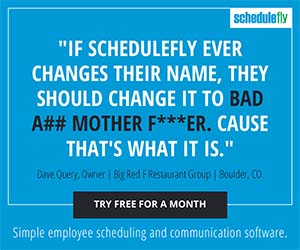
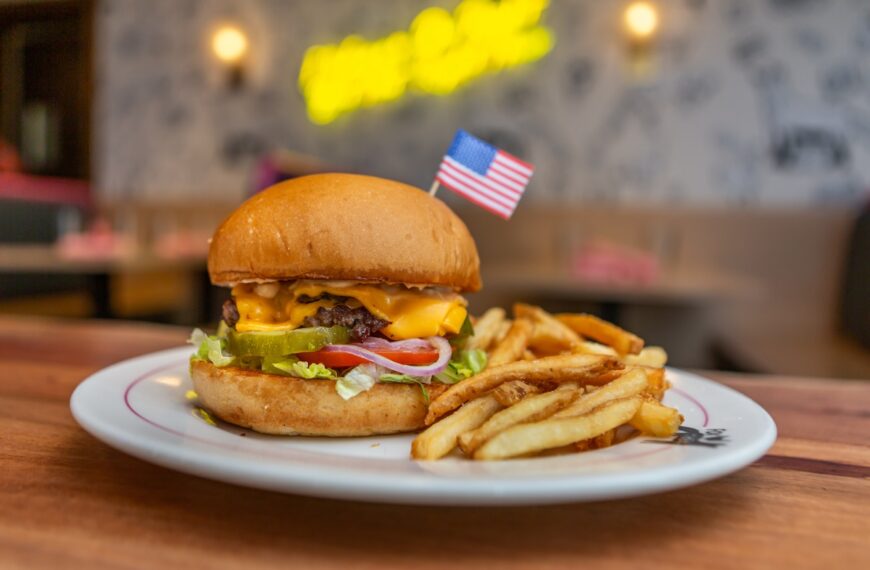


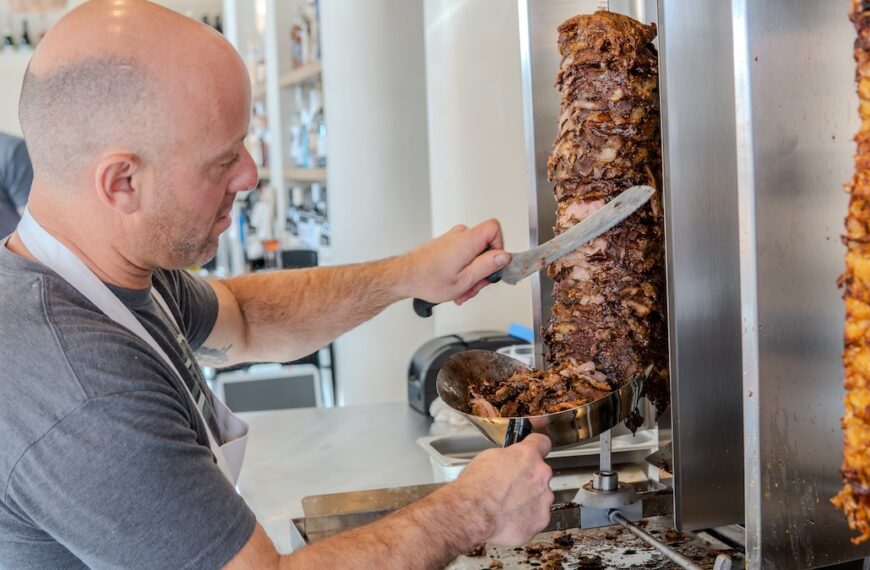
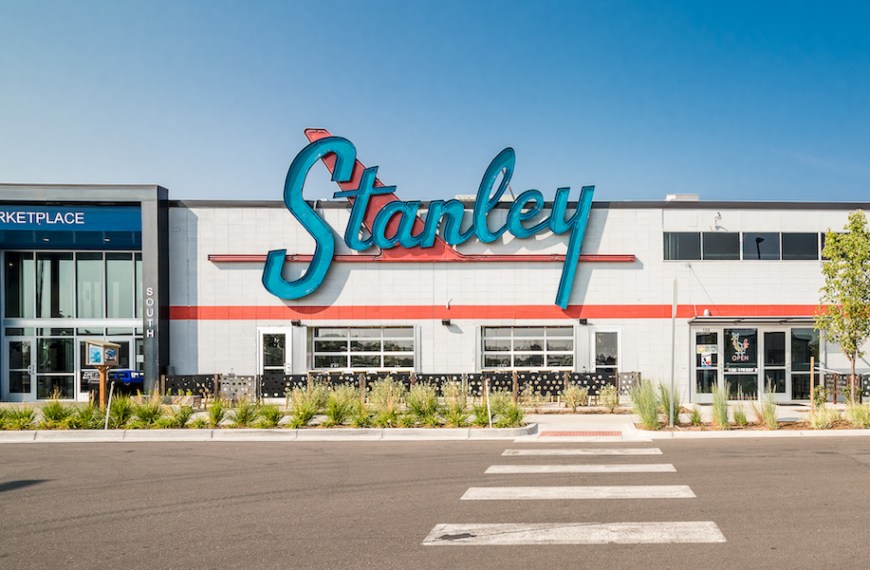
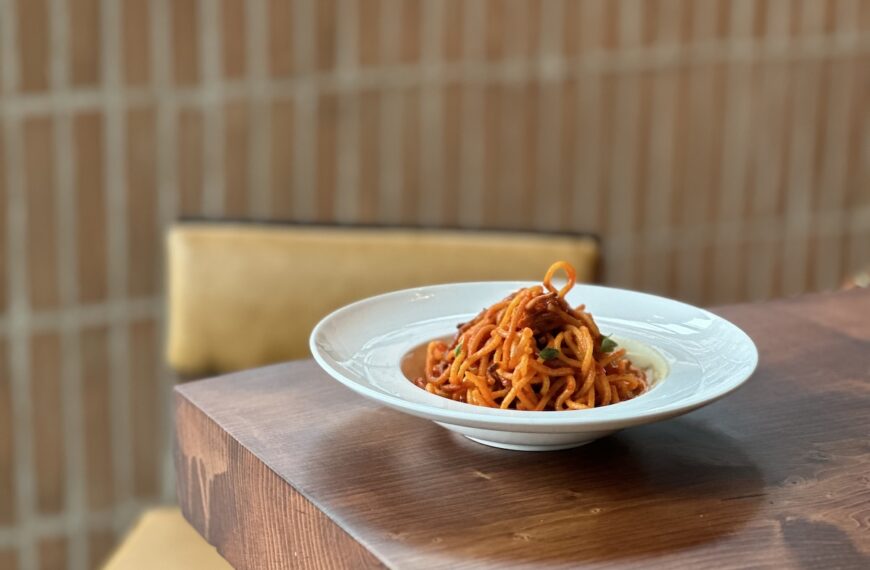


Comments are closed.